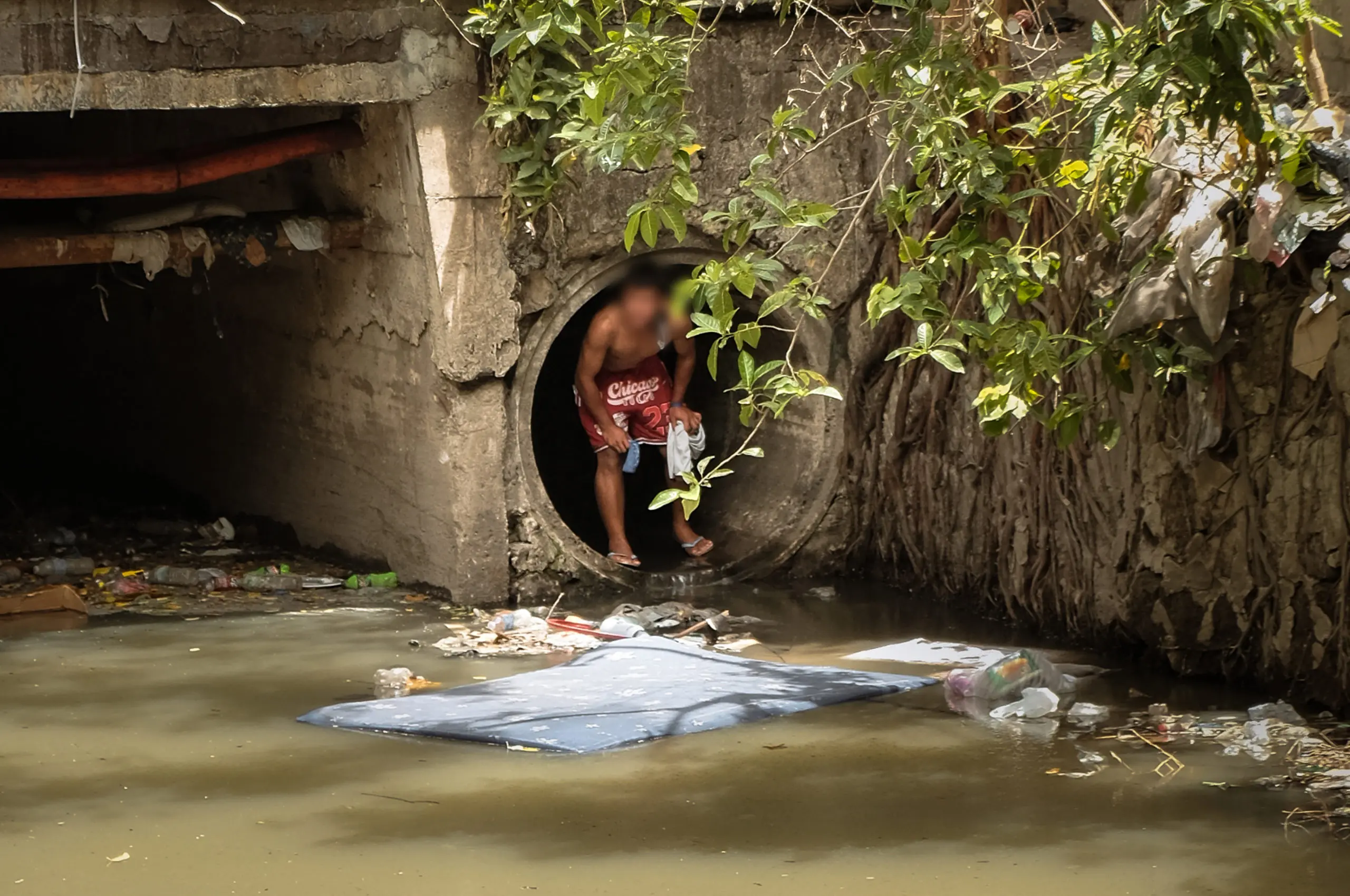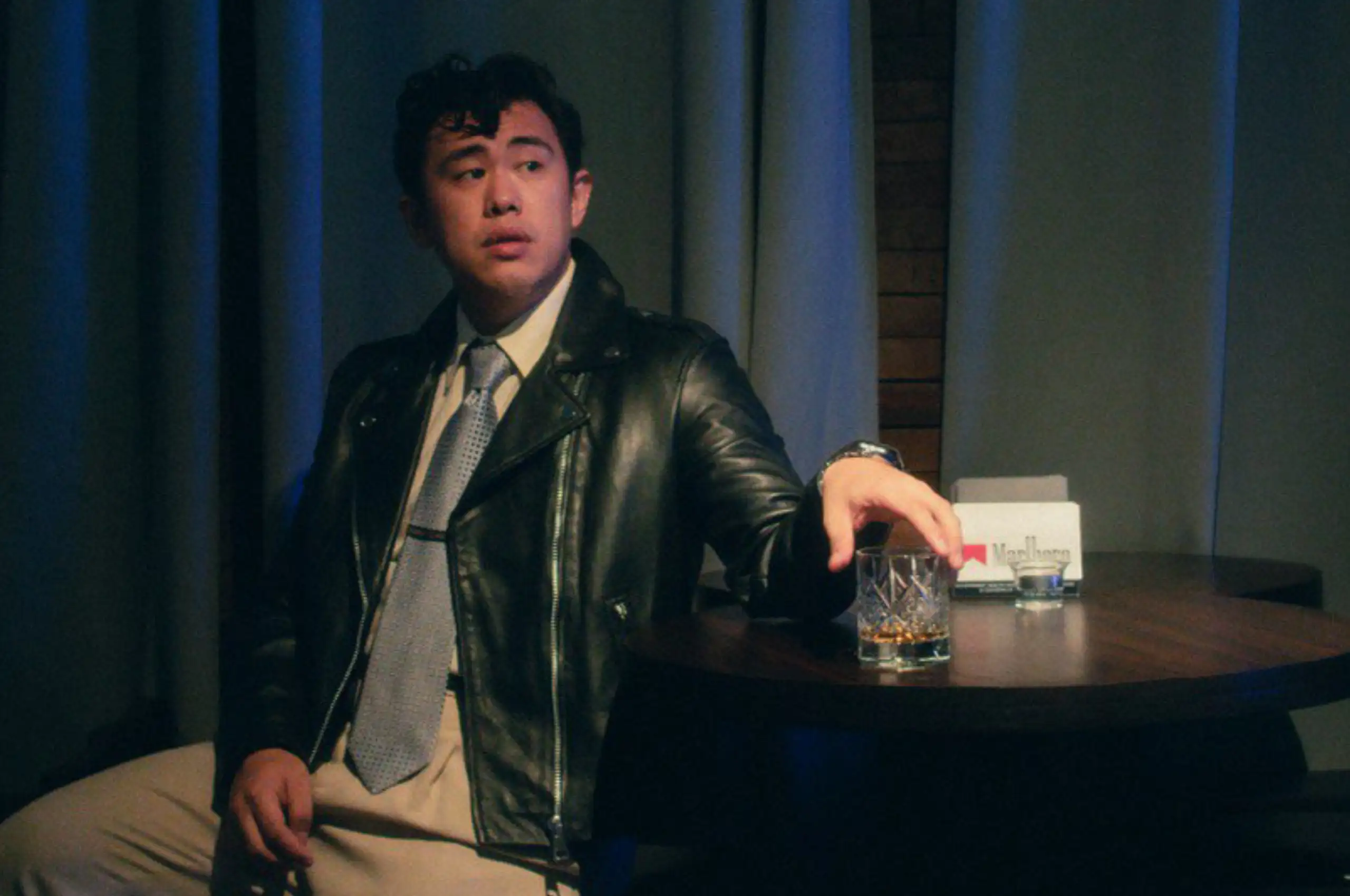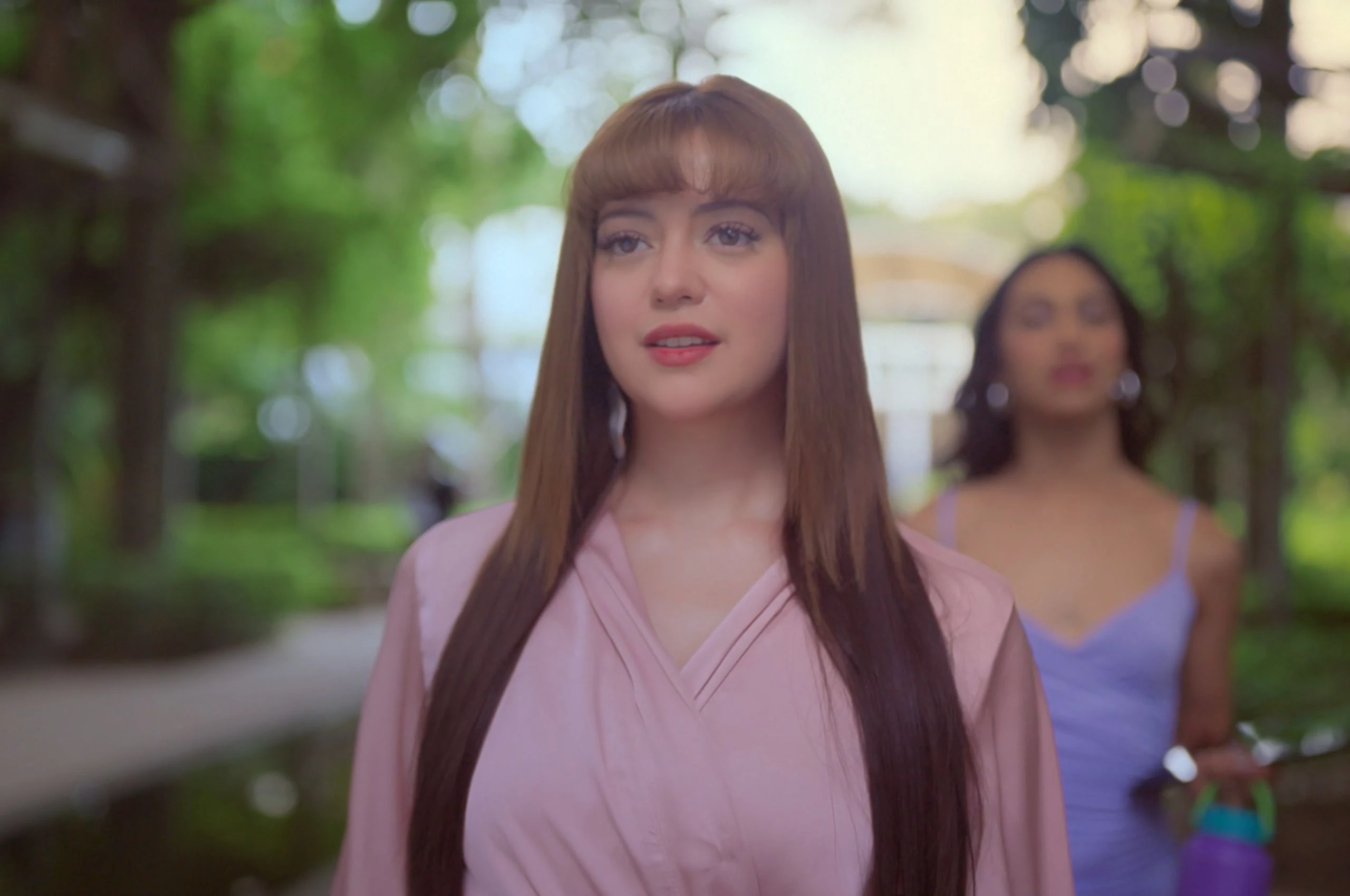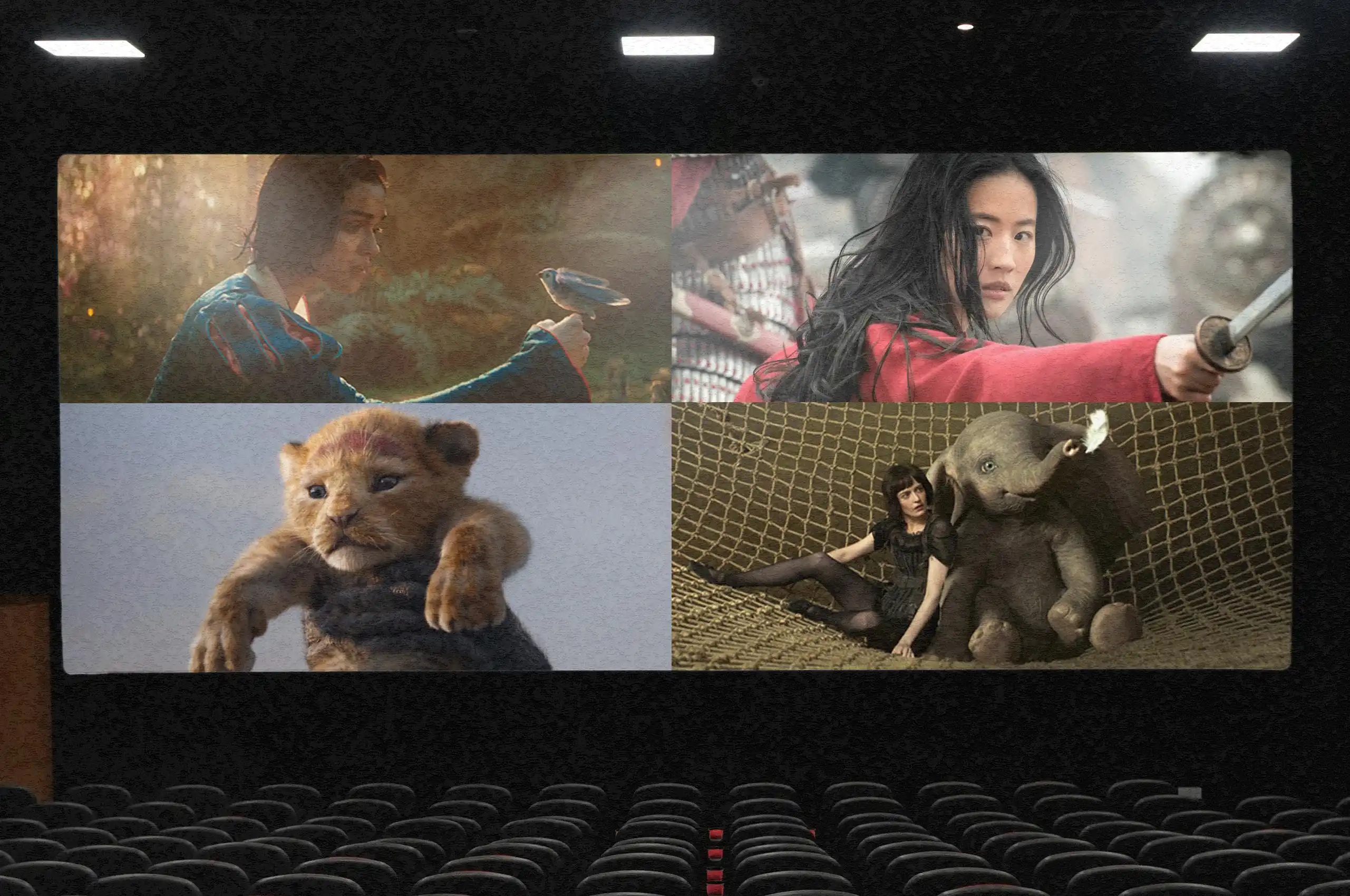William doesn’t want to be known as the guy who just took photos of the “mole woman” climbing out of a drain in Makati City. But on Monday, May 26, the photos he shared on Reddit took the internet by storm. On Wednesday morning, he took to the creek near Makati Medical Center to continue his own investigation and found a 15-strong community of unhoused street dwellers.
After his encounter that Monday afternoon, the photographer, who asked to be identified only by his first name, went back to the same drain at 2 a.m. on Tuesday to take a look inside. Speaking to an officer from Makati Central Estate Association (MACEA) in the morning, William learned that the authorities were unfamiliar with the network of pipes and drains beneath the city. And now that they have blocked the drain, he said it might just lessen their chances of exploring and investigating the drain system.
“I don’t think there’s a way to go into the hole now [except by] sticking your hand in with a long-ass tripod or like maybe an Insta360 to hook your camera through the hole and then into the culvert, which was, I think, about six feet down from the top of the canal to the bottom,” he told Rolling Stone Philippines.
In general, the local police and MACEA have kept mum about the street dwellers crawling out of the drains — reportedly a rare but not unheard of occurrence in the city. On Tuesday, officers had talked to William more about the situation, admitting there were details about the “mole woman” that they were unsure of.
“My concern is that they’re creating this narrative of them being snatchers or criminals,” he said.
He tried to get in contact with authorities again on Wednesday, but they were “more dismissive,” believing him to be a member of the press. “Then I was like, you know what? Fuck it. I grabbed my camera, my notebook, and headed out the door, not really expecting anything or even to get a bigger scoop. I was even thinking that I’ll go to the creek that the people have been talking about on Reddit and Facebook.”
The Botanical Garden

William started taking pictures of the creek and the nearby culverts, an access point into the drain system for the area’s informal settlers. “I noticed the irony of the creek being next to Makati Med and the National Home Mortgage Finance Corporation,” he said.
“I kept taking photos, hoping that each photo, at least maybe there’s a frame there that the foot comes out, or a head comes out, or a face pops out, or a hand grabs the edge of the culvert.”
Around 30 minutes later, a man emerged from the culvert and climbed up the ledge leading to the sidewalk. At that point, William thought he’d taken enough photos and started to walk away, anxious. “As I got further and further away, something nagged at me to go back,” he said.
“And then he asked what I was doing, and if I was with the police. Apparently, they had been there earlier, around 9 a.m. until 10:30 a.m., waiting for [the settlers] to come out. So they were kind of cautious about it.”
The man would introduce himself as Jerwin, who had been living at the creek for three years after he lost his job as a delivery man. As they made conversation, another man also came out and introduced himself as Rommel. He’d been unhoused for a decade after losing his house in an informal settlement that was demolished to make way for a government project. William found out through them that the woman in his photos is called BB, and that they live with twelve other people at the creek, which they all called the Botanical Garden.

“The people who should know about maintaining the city and maintaining the different infrastructure that’s here said that they don’t know about the culverts, nor know where they lead to,” William said. “[The dwellers] shouldn’t know about it, but they knew they’re called culverts, [and that] they don’t really lead to anywhere.”
He treated the two to food from a nearby Jollijeep and learned that they eat together once a day, “altanghap,” or almusal, tanghalian, and hapunan. “I asked the Jollijeep people to kind of corroborate the stories that Rommel and Jerwin had. At first, they jokingly said, ‘Hindi namin ‘to kilala.’ And then later on they said, ‘Yeah, they help us clean the trash.’ They sometimes clean the creek, do odd jobs.”
Before they parted ways, Rommel and Jerwin ordered another 10 bags of adobo and rice for the rest of their group.
Unsocial Housing
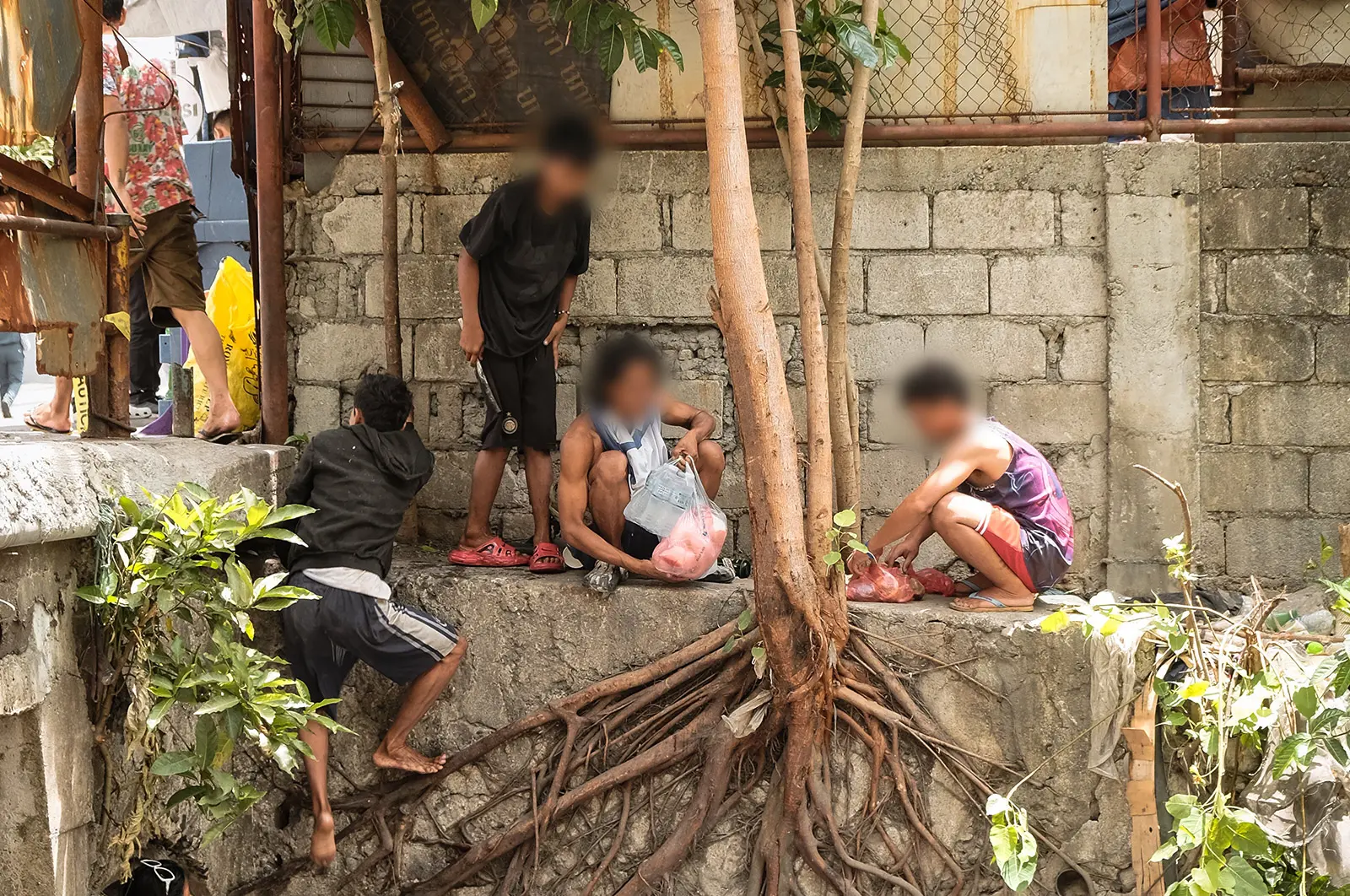
The living situation of the “mole people,” particularly Jerwin, highlights a major disadvantage of the informal economy, according to Arvin Dimalanta of the UP Center for Integrative and Development Studies (CIDS) Program on Alternative Development and the Philippine Resource Center for Inclusive Development (Inklusibo).
“Dito na-highlight ‘yong pagiging precarious tsaka ‘yong vulnerability ng mga workers in the informal economy, including ‘yong mga employed sa formal economy pero under short term or contractual arrangements,” he told Rolling Stone Philippines.
As in Rommel’s case, Dimalanta also said that informal settlements fill a gap in the formal housing market.
Socialized housing, a more specific kind of social housing that involves pricing residential properties in different tiers to suit the needs and abilities of a household, is unaffordable for the poorest families. According to Dimalanta, the lowest price ceiling for socialized housing ranged from P850,000 to P1.6 million in 2023. Most indigent families, whose breadwinners take on jobs in the informal economy, cannot afford to pay these prices upfront and thus resort to mortgages. Circumstances like this push people to live on the streets or at creeks, he said.
“‘Yong requirements to be a beneficiary of social housing, necessary na nag-o-occupy ka ng land. Kailangang structure owner ka sa isang informal settlement. Ang issue dito ang pagiging invisible, unaccounted, at ineligible.” Street dwellers and people who rent spaces in informal settlements are among those unaccounted for and ineligible for social housing, as they do not own buildings or structures. “Invisible [sila] sa gaze ng authorities,” said Dimalanta.
Beyond the virality of his photos, William hopes to learn more and shed light on the people living at the Botanical Garden. “Not to toot my own horn,” he said. “I try to go out of my way to tell the full story, understand all sides, understand what’s needed, what’s not being done, what has been done. It’s going that extra mile to help out another human being.”
“People like Jerwin, Bibi, Romel, the other people that I’ve interacted with, and even people like us… it often feels like we’re reduced to just numbers. What’s missing, and what I feel like could change or should change [things], is genuine empathy.”
